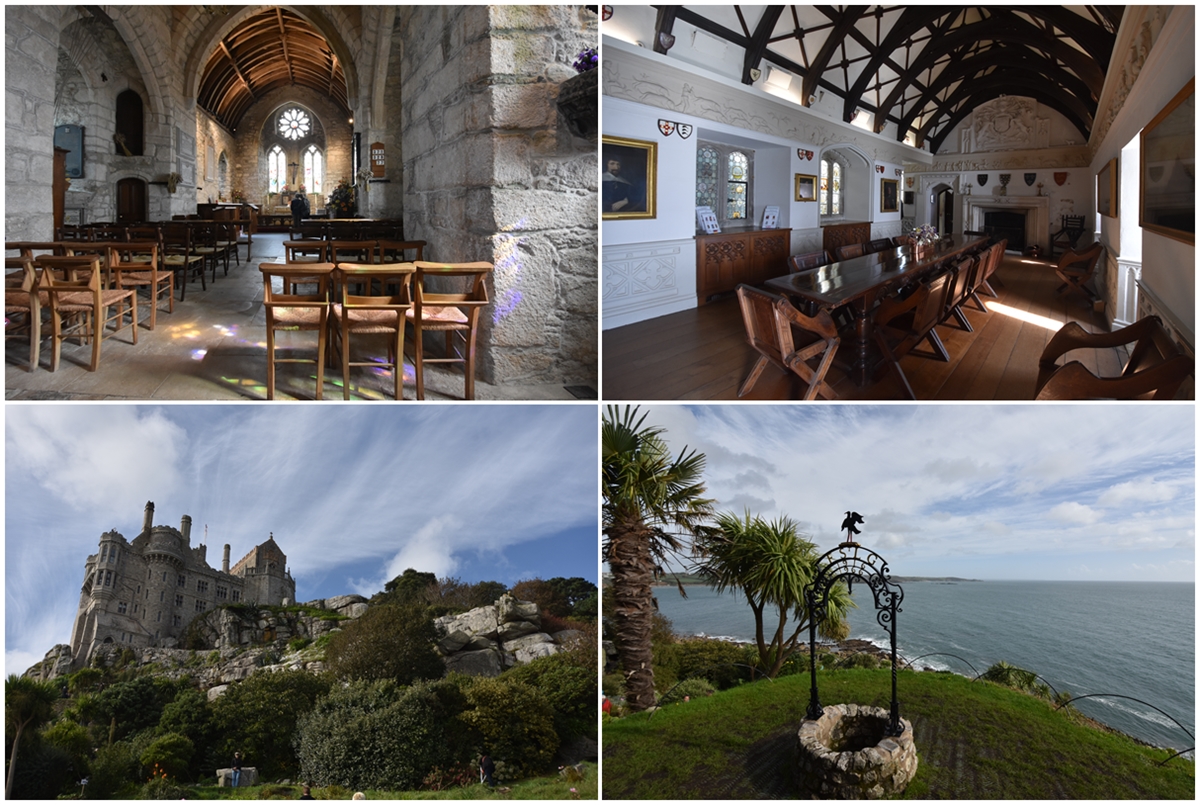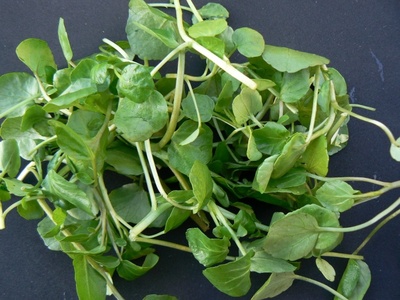| Back to Back Issues Page |
 |
|
Essentially England News - How to Iron a Newspaper and Other Musings July 07, 2018 |
How to Iron a Newspaper and Other MusingsIt's summer in England! I mean, really and truly summer - and not just the three days of blazing heat we usually get, preceded and followed by all things damp and dismal. It's been end to end sunshine and temperatures in the high twenties for over two weeks now. And while I don't usually do heat well, I've rarely been more grateful for anything. I've been minus a kitchen for the last three weeks, you see, and cooking and eating outside while the weather is nice makes that a lot easier than if it had been pouring. Despite that, I'm looking forward to the building works being done. Having a brand new kitchen will be a treat that hopefully makes up for all the cleaning I've got coming up. Talking of which... I've been amusing myself with The Butler's Guide to Running the Home and Other Graces, a book I picked up in the quayside giftshop on St. Michael's Mount on our last Cornwall holiday, and it fits in very nicely with the research I'm doing for my series of historical mysteries. The author is Stanley Agar, who served as butler to the St. Aubyn family for decades, and his book is as much of a history of domestic service as it is a fabulous reference guide for how things were, and maybe should be done. I never knew that lace tablecloths should only be used for afternoon tea, and preferably only out of doors. Neither have I ever been taught the correct way to iron a newspaper. There's information on how to be a good guest at a house party, general etiquette, and the duties of footmen, parlourmaids, housemaids... which will all come in very handy to add the right level of historical detail. And seeing how beautifully the castle on the mount was kept, Mr. Agar and the staff who took over from him definitely knew what they were doing.  The fun of visiting St. Michael's Mount is - of course - the fact that the tide determines how you arrive and leave it. During low water, you can amble across on the causeway. But if the tide is in, only a boat will do. I imagine that living on the mount changes the way you plan your life. If you've forgotten the milk, it's high tide, and past the time the boats are running you do without and plan better next time. At least there is a causeway and a regular boat service these days. In the Mount's long history, that hadn't always been the case. The Mount's recorded history starts with the Normans, when Robert, Count of Mortain and Earl of Cornwall, half-brother of William the Conqueror, gave the island to the monastery of Mont-St-Michel in France, who took possession by building a church and the Mount was part of one religious order or another until the Dissolution of the Monasteries, when it passed to the Crown and became part of the long chain of England's coastal defences. The Mount was the first beacon to be lit to announce the approach of the Spanish Armada in 1588... and I'm still trying to find out how long it took for the news to reach London! Between the history, the stunning views, and the lovely gardens being stuck on the Mount is no hardship. It's beautiful to wander around and if you visit, don't bypass the castle. 
Perfect for Outdoor Dining
Not having a working kitchen, and living in a tiny village without even a shop or a pizza delivery service, meant my way of planning meals changed, too. After all, there's only so much room in a fridge, and using a small picnic table for preparing food doesn't lend itself to anything elaborate. We actually indulged in quite a few ready-mades like houmous, olives, and stuffed vine leaves, nachos and salsa, coleslaw and quiche. Bread and cheese, strawberries and cream, and shop-bought cheesecake featured, too. And on a couple of evenings we wandered over the fields to the next village for a pint and a dinner someone else had cooked. Tonight, there will be sweetcorn, burgers, kebabs and all manner of vegetables on the barbecue to celebrate my brand-new kitchen. And next week, after the first round of cleaning, I'll hope to get cooking again. One of the first things I have a hankering for - and that's tricky to ruin even without being properly acquainted with my new oven yet - is this cheese and watercress bread. It's quick to make and doesn't need anything complicated except for a mixing bowl, a grater, and a baking sheet. It works year round, but while it goes beautifully with a bowl of fragrant, warming soup, it's simply wonderful in the summer, eaten in the garden as part of a huge picnic or mezze spread. It's fun to experiment with the cheese. My favourite is something acidic and crumbly. Lancashire, Cheshire or Caerphilly all work beautifully. I have, on occasion, made this with Cheddar or Monterey Jack and pickled jalapenos instead of spring onions. This produces a very tasty bread, though the texture is a little different. For one loaf you'll need:
Making this is blissfully easy. Sift the flour, add the watercress, spring onions, salt, and grated potato. Then add 2/3 of the cheese and mix thoroughly. Beat the egg with the milk and stir gradually into the bread mix until you have a rough dough. This is a chunky, rustic bread, so don't beat the lumps out of it! Place on a lined baking sheet and shape into a round loaf. Press the rest of the crumbled cheese lightly into the top and dust with flour. Bake at 375° / 190°C / gas mark 5 for about 45-50 minutes. You want it golden brown. Leave to cool and enjoy!
And Next Month …Yes, we're all hot... and there's no aircon, but I hope summer continues for a while longer. Now the building work is done, I'm looking forward to some lovely days out!Until then, please take care.
|
| Back to Back Issues Page |
